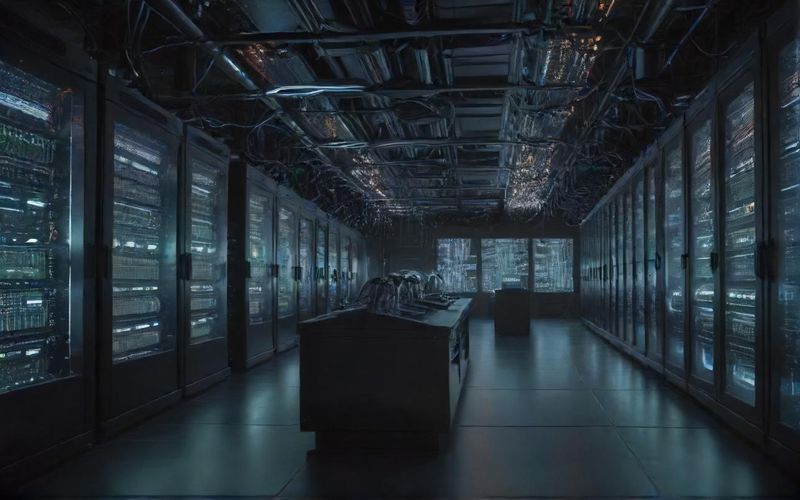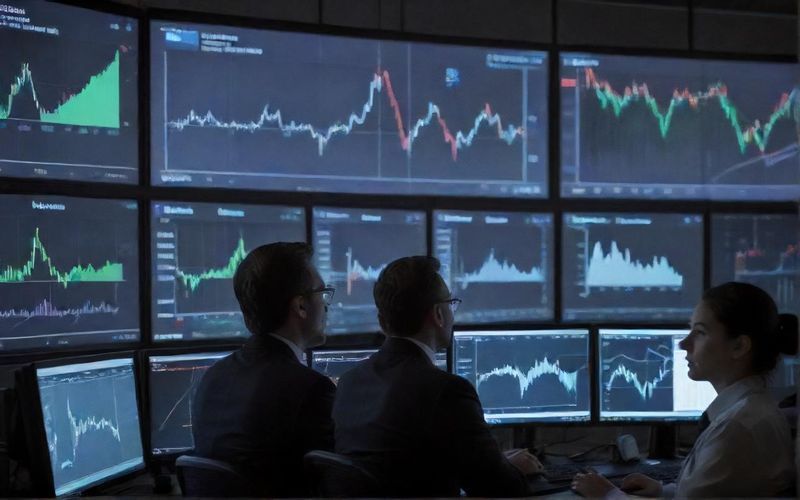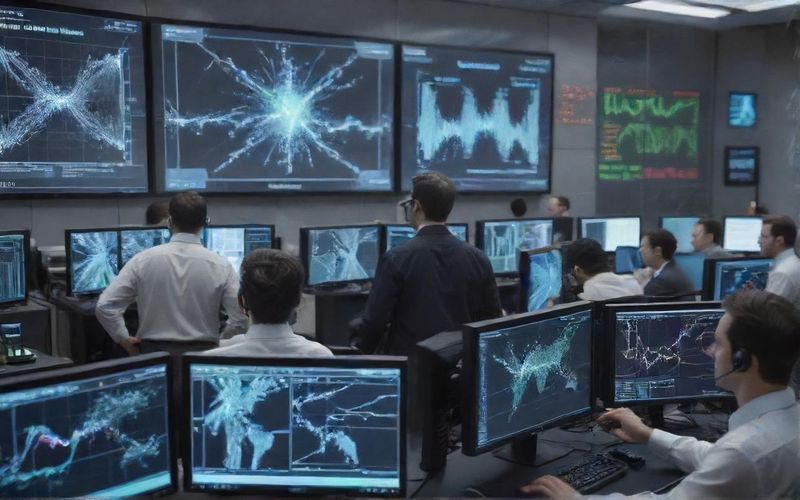OpenAI Seals $38B Amazon Deal, Fuels AI Bubble Fears

On the surface, this is a story of technological advancement and strategic alliances. OpenAI, in its relentless pursuit of pushing the boundaries of what AI can do, needs immense computing power. Amazon, with its vast cloud infrastructure, is perfectly positioned to provide it. This deal isn't just about accessing hardware; it's about securing the digital real estate upon which the future of AI will be built. The agreement is set to ramp up significantly, reaching full capacity by the end of 2026. This isn't a small commitment; it signals a profound belief in the trajectory of AI development and the demand for its sophisticated applications.
But as you dig a little deeper, a more complex picture emerges, one laced with both immense promise and lingering questions. This latest move by OpenAI is part of a pattern. We've seen similar, staggeringly large commitments to cloud providers and chipmakers, including a reported $300 billion with Oracle and over $22 billion with CoreWeave, alongside agreements with giants like Broadcom, AMD, and Nvidia. These "circular AI deals," as some are calling them, are fueling whispers of a potential market bubble. The core concern? Is the demand for AI truly as insatiable as these colossal investments suggest, or are we witnessing an overestimation that could lead to a painful correction down the line?
Consider the financial realities. OpenAI's projected costs are said to be heading towards a staggering $1 trillion by the close of the decade. Yet, its current revenue, while growing, still lags far behind these astronomical infrastructure commitments. It begs the question: can OpenAI sustain this level of expenditure? This deal with Amazon, while substantial, adds another layer to this financial tightrope walk. It’s a bold wager, not just on technology, but on the very economics of the AI revolution.
Adding another fascinating dimension, just last week, OpenAI announced a pivotal agreement with Microsoft, transforming into a for-profit public benefit corporation and paving the way for a potential IPO that could value the company at a mind-boggling $1 trillion. This move to public markets, coupled with its aggressive infrastructure spending, paints a picture of a company charting a very ambitious course. Simultaneously, in a move that underscores the competitive landscape, AWS is also equipping OpenAI's rival, Anthropic, with one million of its custom AI chips, demonstrating Amazon’s commitment to serving the burgeoning AI ecosystem across the board.
The underlying narrative here is one of intense competition, massive investment, and a race to secure dominance in a field that promises to reshape our world. While the "Magnificent Seven" megacaps rallied on this news, it's worth remembering that not every stock benefited equally. Even amidst this AI optimism, a significant number of S&P 500 shares actually retreated. This suggests that the gains are concentrated, and the landscape remains dynamic and, for some, precarious.
So, as we stand on the cusp of what could be a new era powered by artificial intelligence, fueled by these unprecedented alliances and investments, the real question remains: are these colossal commitments a testament to a groundbreaking future, or are we witnessing the early stages of a bubble that will inevitably burst, leaving the industry to recalibrate?








